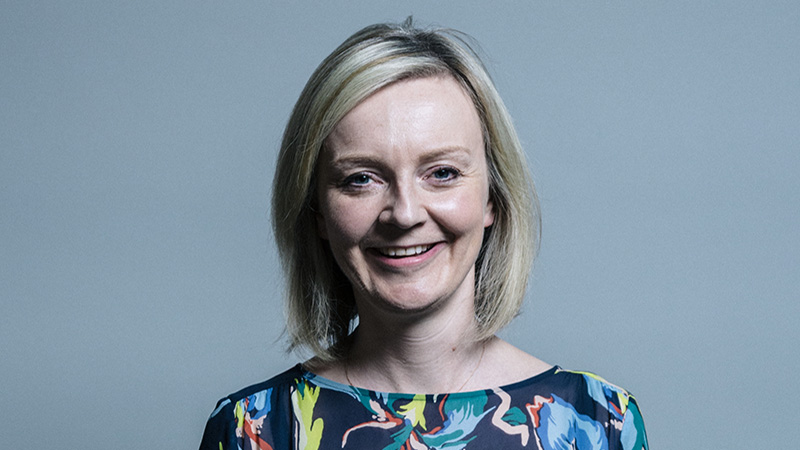The pound has failed to bounce back after Liz Truss was named the UK’s next prime minister, which also did little to pep up UK stocks.
As widely expected, the foreign secretary beat out former chancellor Rishi Sunak in the Tory leadership contest, securing 57.4% of the vote versus Sunak’s 42.6%.
UK stock markets’ reaction to the news was fairly muted. The FTSE 100 was down modestly by 0.5% at the time of writing, while the more domestically-focused FTSE 250 sank 1.2%.
However, there was little improvement for the pound, which sunk to its weakest levels against the dollar in 37 years on Monday morning. Before Truss’ win was confirmed, sterling briefly fell to a low of $1.1433, worse than its Covid low of $1.14506.
More pain for the pound
Charles Hepworth, investment director at GAM Investments, said there is more pain in store for the pound if Truss “fails to deliver a competent and believable vision for the UK economy”.
“Unfortunately, Truss isn’t the strongest communicator. Investors, both foreign and domestic, may shake their collective heads after her grace period is up. Already known for some quite major U-turns in core beliefs, Truss might end up being just another exemplar of the recently short-lived Conservative Party leaders, unable to corral a party split into multiple factions.”
AJ Bell investment director Russ Mould said: “If Liz Truss can put an end to the sell-off in both the UK government bond market and sterling that would be a major coup, although the odds do seem to be stacked against them, as they juggle 40-year high inflation, the threat of a recession, an energy crisis, war in Ukraine, the weak pound, rising interest rates and the government’s own state of penury.”
Outlook for UK bonds remains challenging
As sterling has slid, UK gilt yields have been ratcheting up, spooked by soaring government borrowing costs and rising inflation, which the Bank of England has been struggling to tame.
Mould said: “While still low by historic standards, the yield on the benchmark UK gilt is a full percentage point higher than a year ago. At 2.92%, the 10-year gilt yield is within touching distance of 3.00% for the first time since early 2014.
“This is in recognition of the surge in inflation, and also the Bank of England’s shift to raising interest rates and toward quantitative tightening. That adds to the government’s interest bill on its £2.4trn debt and potentially limits scope for spending or tax cuts.”
“The new prime minister will find themselves potentially trapped between the lesser of two evils of inflation on one side and recession on the other,” he added. “If the financial markets like what they hear then that may help to hold gilt yields in check, the yield curve to steepen and the pound to rally. If not, then yields could rise, the curve continue to invert and sterling may keep sliding.”
RLAM Head of Multi Asset Trevor Greetham agrees the outlook for UK bond investors remains challenging. Investors “will need reassurance that talk of reviewing the Bank of England’s inflation-fighting mandate, or avoiding Office for Budget Responsibility scrutiny, was something for the leadership campaign rather than government.”











